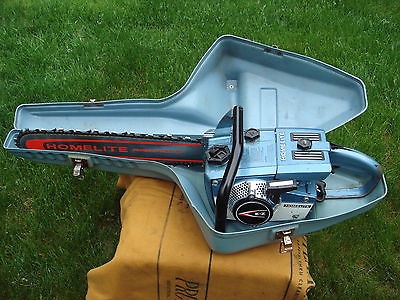So its not solid state ignition then? Or is that what solid state is? Does that mean CJ6Y or CJ6? My head is spinning now.
Pull the starter cover. It should look like this setup given the date undee70ss provided. 3-piece indicates from - left to right - a module under the flywheel (hidden), a generator (adjacent to the FW) and a transformer (High tension plug wire). Solid state. If so, CJ6 (or CJ4 if you want a cooler plug...but forget about that).
This is a picture of Tim's (Fossil) posted on another site.































































